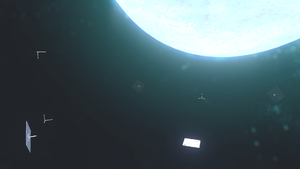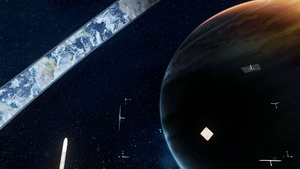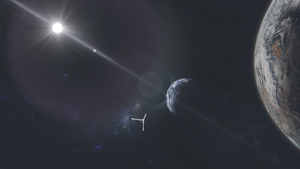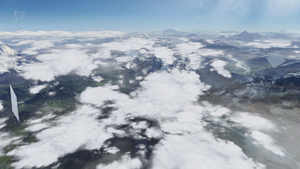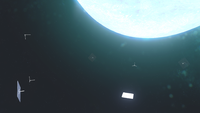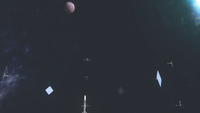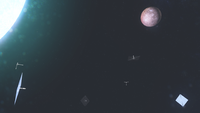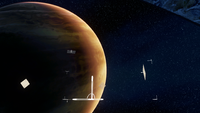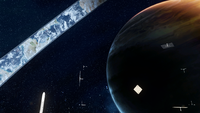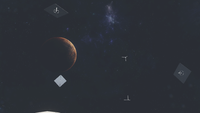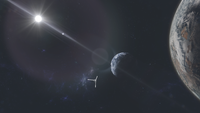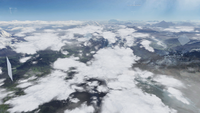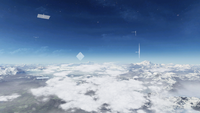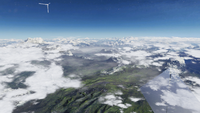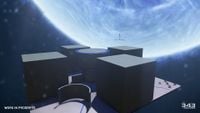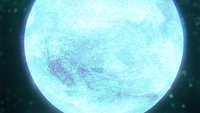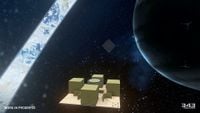Parallax: Difference between revisions
From Halopedia, the Halo wiki
m (Text replacement - "<references/>" to "{{Ref/Sources}}") |
m (Text replacement - "<ref name="([^"=>]+)" ?\/>" to "{{Ref/Reuse|$1}}") |
||
| Line 19: | Line 19: | ||
==Overview== | ==Overview== | ||
Parallax has no actual terrain, but does have boundary markers which disappear during games. | Parallax has no actual terrain, but does have boundary markers which disappear during games.{{Ref/Reuse|Waypoint}} | ||
In Forge, players can change the map's skybox to one of four appearances: | In Forge, players can change the map's skybox to one of four appearances: | ||
Revision as of 09:59, April 15, 2021
| Parallax | |
|---|---|
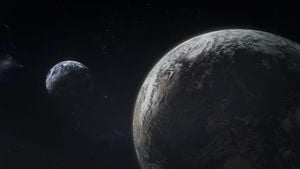
| |
| Map overview | |
|
Game: |
|
| Lore information | |
|
Location: |
|
| Gameplay overview | |
|
Terrain: |
Interplanetary space, upper planetary atmosphere |
Parallax is a Halo 5: Guardians multiplayer map intended for use as a Forge canvas.[1] The map was released as part of the Cartographer's Gift update on December 16, 2015.[2]
Overview
Parallax has no actual terrain, but does have boundary markers which disappear during games.[1] In Forge, players can change the map's skybox to one of four appearances:
Blue Planet
An unknown blue celestial body.[Note 1]
Halo Ring
The center of Installation 04 (taken from the skybox of the map Truth).
Exosphere
The Urs system, featuring Sanghelios and its moons Qikost and Suban in the background (much like in the opening cutscene of the campaign level Swords of Sanghelios).
Ascendance
A cloudy area with mountains below (taken from the opening gameplay section of the campaign level Genesis).
Ascendance was added via the Hammer Storm content update on February 24, 2016. This update also increased the map's play area boundaries by 20% horizontally and 45% vertically.[3]
Gallery
Blue Planet
Halo Ring
Exosphere
Ascendance
Miscellaneous
Notes
- ^ Although the skybox's name refers to the object as a planet, it may actually be intended to be a star. The lack of a nearby sun to light the supposed planet suggests that the object itself is a sun emitting its own light.
Sources
| |||||||||||||||||||||||||||||||||||
